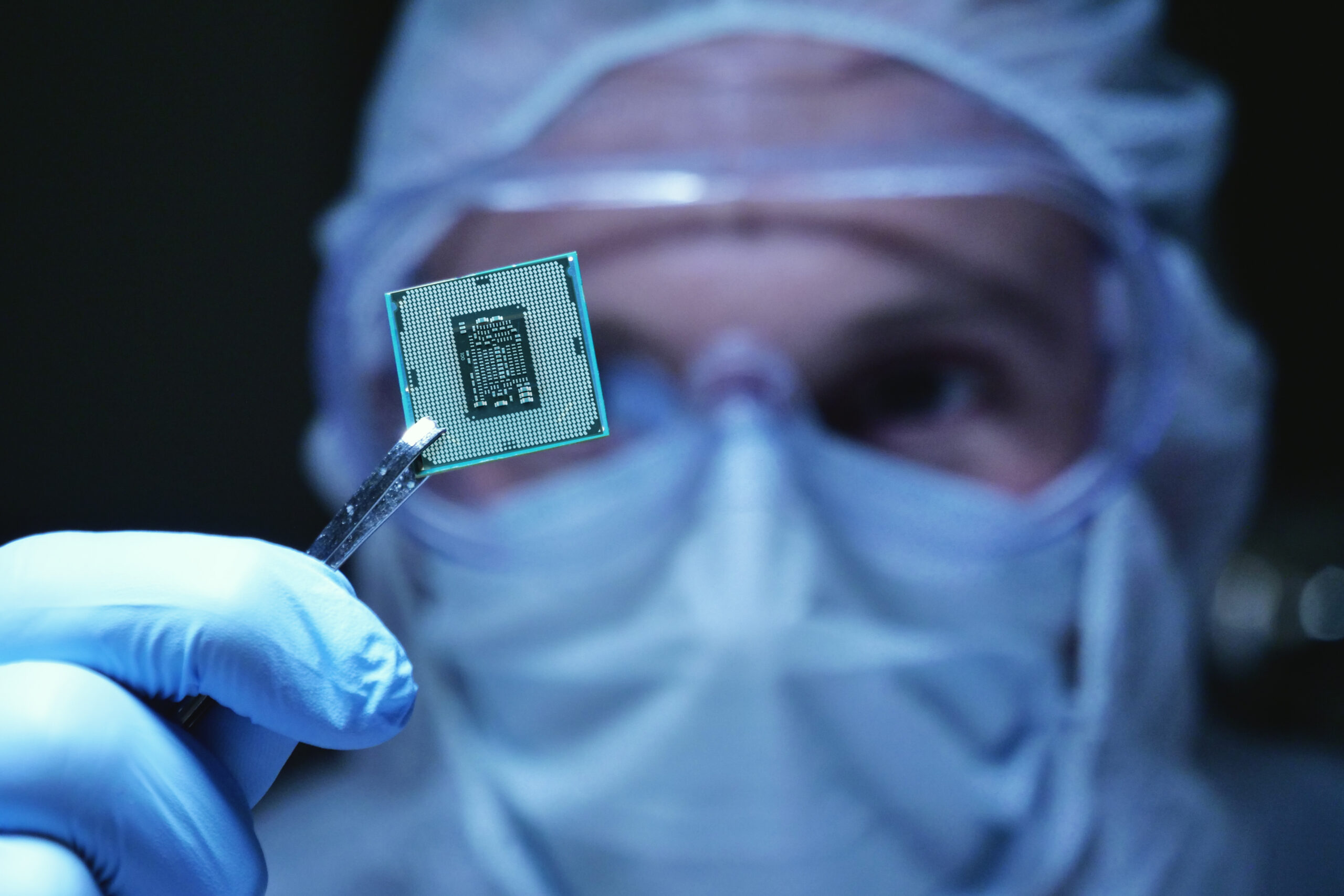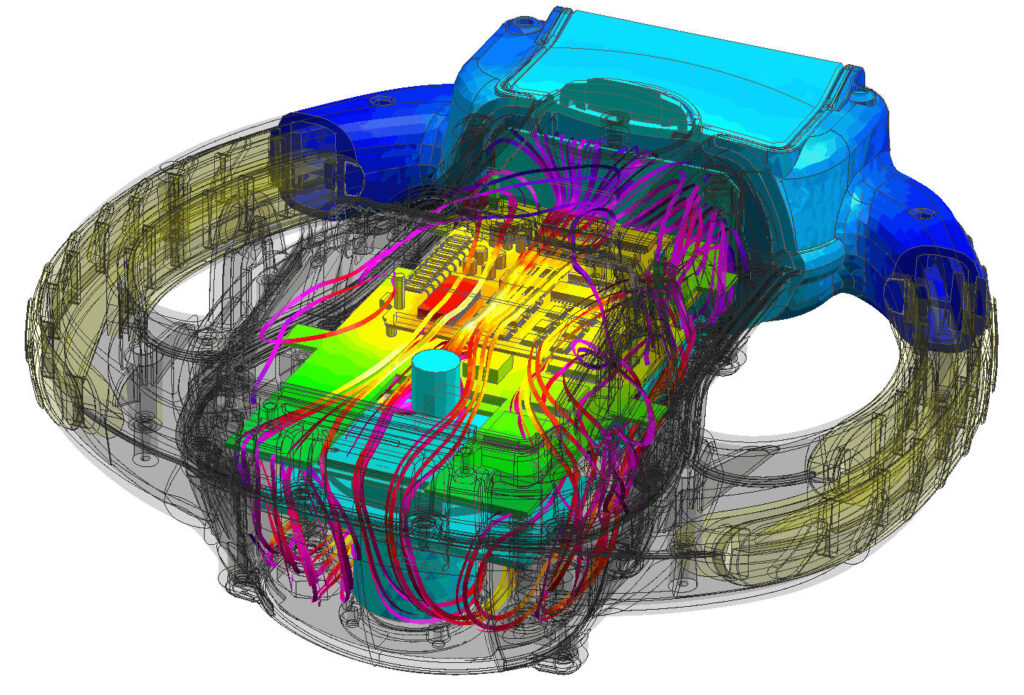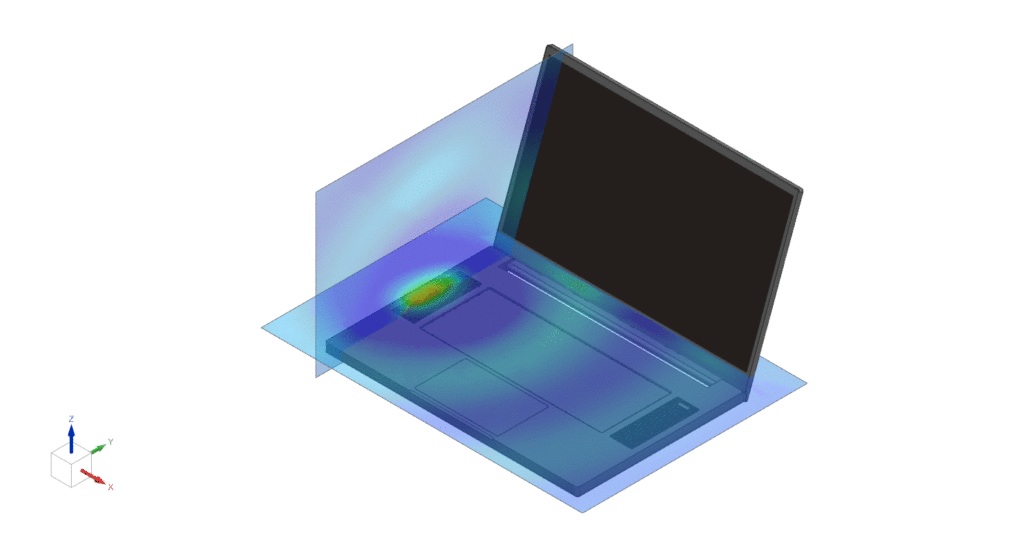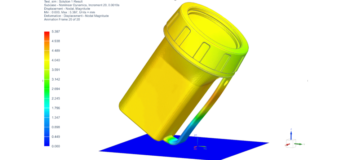Cheaper, Faster, Better: Why Simulation-driven design is essential for electronic engineering

We talk a lot about the importance of simulation-driven design in the modern world. But why is it so important?
Because it enables products to be made cheaper, faster, and better.
And that’s not all. However, let’s focus on those benefits first as they have the most immediate and obvious impact.
Cheaper – avoid unexpected costs
The later in the development lifecycle you make design changes, the more expensive they are. Particularly when it comes to highly integrated products like tablets, mobile phones, and smartwatches.
Once all the separate elements have been built using MCAD and ECAD tools, the relationships between them will be defined. Change one, and it will have knock-on effects for everything. You may have to redesign the entire product.
Late design changes can also have supply chain impacts such as the need to change manufacturing tools, re-write software or apply for re-certification. So, the costs incurred are not only in the re-design itself. They’re often extensive and far-reaching.
Simulation allows you to test and prove concepts much earlier in the development process when it’s much easier and cheaper to make design changes. By bringing simulation to the front of your design process you can avoid unexpected costs and keep overall product development under budget.
Faster – reduce time to market
As well as being expensive to make, design changes late in the development process also take up valuable time. Indeed, one of the extra costs is the additional engineering time required. If major re-designs are required at a late stage, the entire project is going to be put back. This ultimately will mean delays in getting the product to market and potentially losing out to competitors who produce their offerings sooner.
Adopting simulation-driven design allows for performance optimization at the earliest stage of the project. It gives the best opportunity to get the product to market ahead of the competition which will help maximize profits. And by keeping development times on schedule, engineers can sooner move on to designing the next product.
Better – keep innovating

When late design changes are needed, the natural business response is to assign the best engineers to firefight the problems so they can be fixed as quickly as possible, and the project can keep moving.
In the short term, this makes perfect sense, as delays can damage profits. But in the long term, it creates a cycle that is difficult to escape from. The best engineers are unavailable to start the next project as they are fixing the last one. So that project is either delayed or started with key experience missing from the team. Then, once the leading engineers are available again, the next project is already part way through, and they may be needed to fix performance issues again. Their skills are constantly being used tactically to resolve problems, rather than strategically, to deliver innovation.
Without innovation, companies lose market share. Electronics consumers want the latest and greatest technology so those companies that can deliver it will be the most successful.
With simulation at the forefront of your development process, you can eliminate the need for large design changes later on, that require a significant firefighting effort. Your most skilled and experienced engineers can focus on innovation – exploring the entire design space in terms of product performance across multiple disciplines: electronic, thermal, mechanical, acoustics and electromagnetics. They can investigate the trade-offs between each and their impact on key factors for the product’s competitiveness, such as power consumption, form factor, and weight. The long-term result will be better products with a user experience that stand out in a crowded marketplace.
A happy team stays together
Have I convinced you yet?
What if I told you that simulation-driven design will also keep employees happier and much more likely to stay with your company?
Given the global shortage of skilled engineers, staff satisfaction and retention should be at the forefront of all business leaders’ minds.
Using your best engineers for firefighting on a late project doesn’t only affect innovation. Think about their morale. They spent years studying and then working in the industry because of a desire to build products that make the most of the latest technological advances. But they never get the opportunity to fully investigate the possibilities if they’re always being parachuted in at a late stage to rescue projects. If you can offer it, they can fulfil their potential with your company, so why would they ever leave?
How do you front-load simulation?
It’s all very well for us to say put simulation early in the development cycle, but how do you do that?
Just like design engineers, simulation experts are in high demand, and you’re going to need lots of them to make this work, right?
Not if much of the simulation work can be done without experts.
There are now toolsets available within Simcenter that help design engineers to do simulations themselves. They don’t need to become simulation experts as these toolsets incorporate analysis capabilities into the ECAD and MCAD packages they already use, packaged for use by non-experts. So, their focus can remain on their area of expertise, but they are empowered to investigate design performance using simulation, without creating a bottleneck in the simulation department.
But what about the simulation experts? Won’t they be unhappy about their work being taken away?
In fact, just like the design engineers who no longer have to spend all their time firefighting, this should make them happier. Now they don’t have to run routine simulations they can do with their eyes closed, they can focus on the more challenging and exciting tasks, taking simulation in your company to the next level of fidelity and realism. They can establish best practices and provide oversight for the design-engineers’ simulations and work on increasing the fidelity of simulations to further optimize product performance.
And much of the simulation process can be automated to ensure a certain level of quality. Simulation experts can pre-define things such as meshing settings and boundary conditions and create workflows for non-experts to use that are designed to give provably accurate results.

Ready to get started?
So, now you can see how simulation-driven design maximizes the innovation of both your design engineers and your simulation experts. You can understand how it will help you to develop the very best products. Along with the benefits of cheaper and faster development times, and happier staff, you probably want to know how to get started.
Check out this webinar on how simulation in the early design stages improves product reliability or click here to see how simulation and test deliver critical acoustic performance insight early on and allow innovation in less time and at a lower cost.




